As lovers of literature and the arts, you would all undoubtedly be familiar with the graphic novel genre. Now I won’t bore you with all the reasons why the format should be taken seriously as literature, or why it’s no longer just books for kids. Much has been written on the intellectual merits of comic books and graphic novels and a simple browse of the Readings graphic novel bookshelves will show you how diverse and vibrant the “scene” already is.
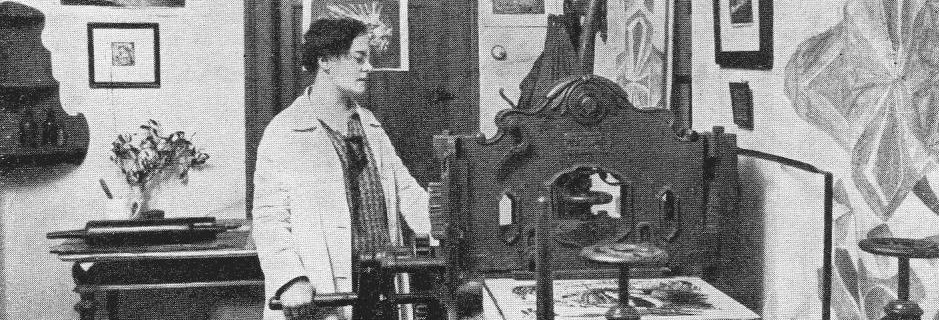
When academics 50 years from now hark back to the 2020s from the comfort of their Jetsons’ styled pod, they will argue that this was the “Golden Age” of graphic novels. It was the perfect synergy between civil rights, self-publishing, and nostalgia for tactility. I salute you, future academics of the Arts. However, it would be naïve to assume that the form of the graphic novel is a mere contemporary imagining, rather, modern authors and illustrators sit aloft on the shoulders of numerous practitioners. Household names like Frans Masereel, Max Ernst, and Art Spiegelman have all taken their place in the zeitgeist of graphic storytelling. One form of this genre which doesn’t receive as much attention as perhaps it should is the wordless graphic novel. A rare form that uses woodcuts and relief printing to produce a sequential narrative requiring no words to produce a profound piece of literature. State Library Victoria’s Rare Books Collection holds many wordless graphic novels by masters of the form, Otto Nückel, and Lynd Ward, but never any examples produced by women.
Thanks to the generosity of the Helen Macpherson Smith Trust in support of State Library Victoria’s pioneering initiative, the Women Writers Fund, we have been able to secure a limited edition copy of the first wordless graphic novel by a woman, Z Mého Dětství (From My Childhood), 1929.
Written by Czech artist, Helena Bochořáková-Dittrichová, it is an undeniably beautiful piece of Expressionist art that guides the reader through the life of a middle-class girl growing up in Vyškov, Moravia, and Brno, Czechoslovakia. Helena Bochořáková-Dittrichová’s approach to thematic wordless graphic novels differed from the traditional which focussed on the oppression of the proletariat by drawing upon the working-class experience. She was a prolific author and artist, producing over 15 novels and countless woodcuts in her lifetime.
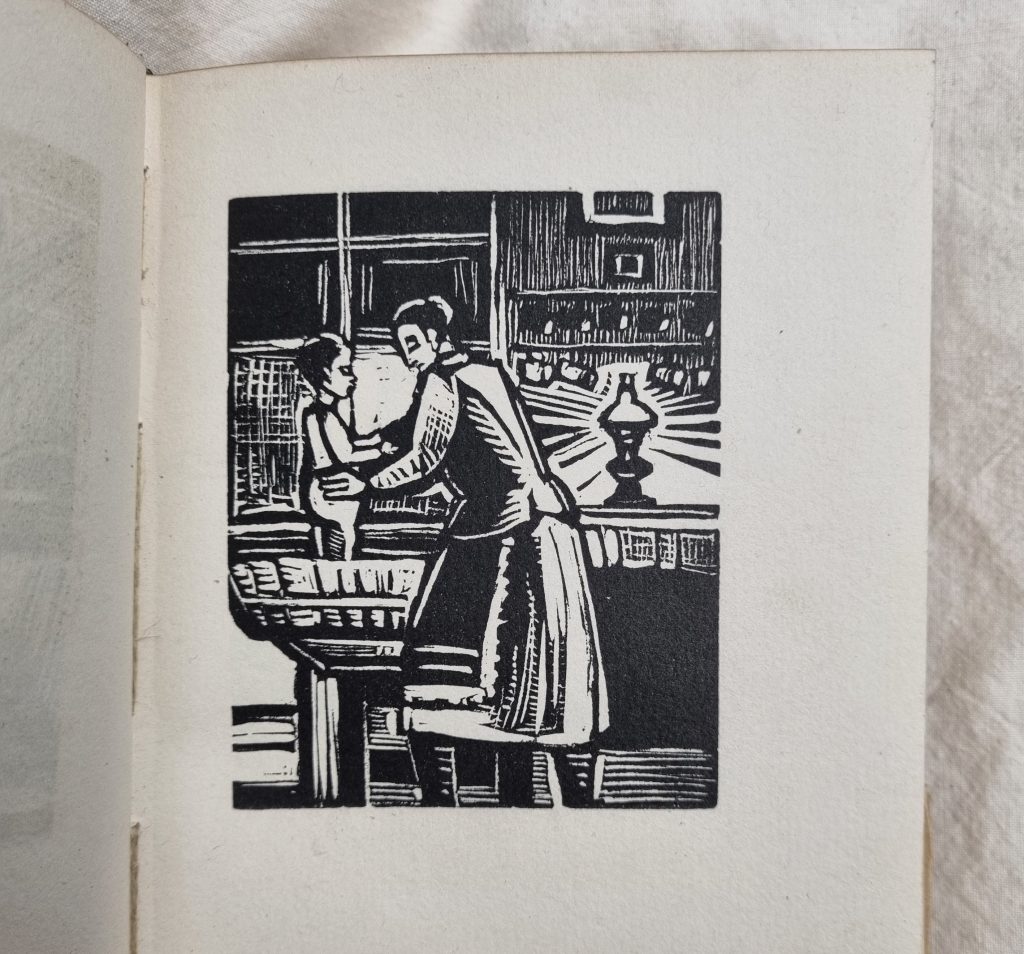
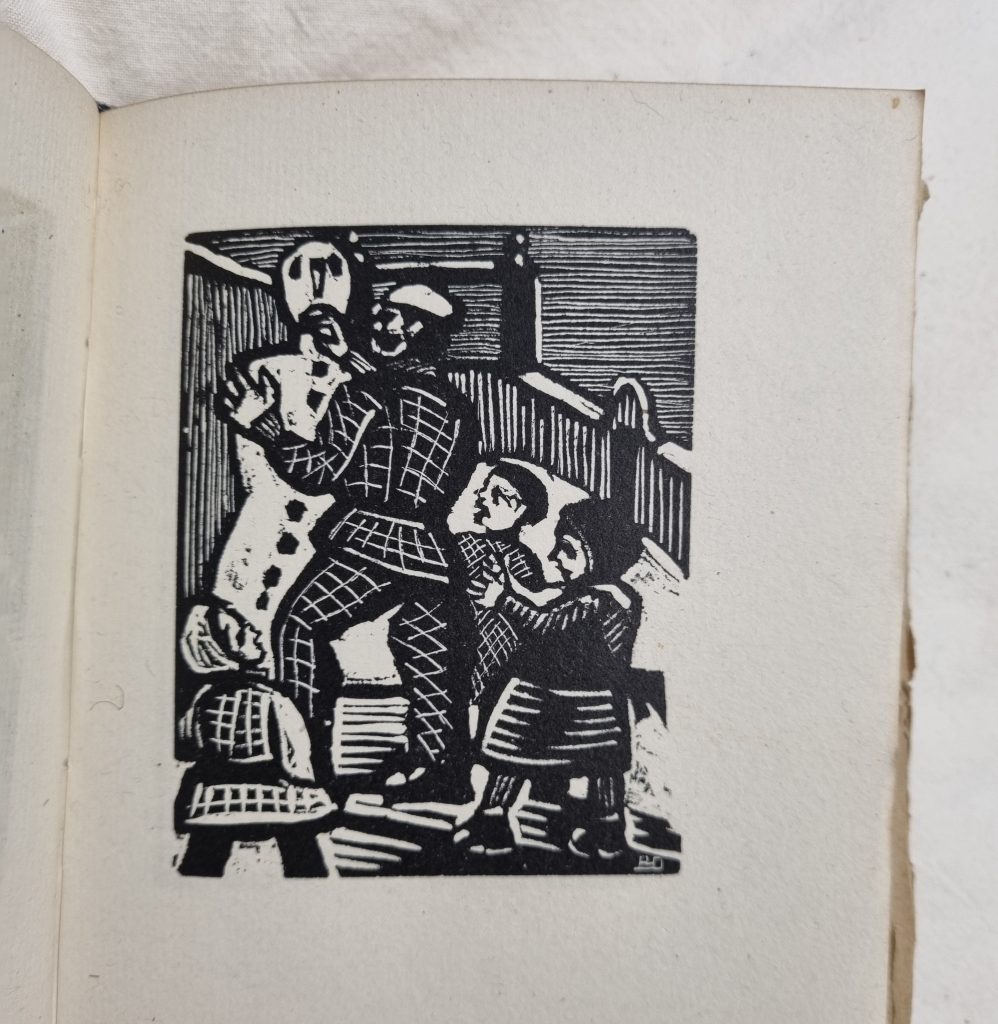
State Library Victoria is the only Australian institute to hold any edition of this important piece of literary and artistic history.
Learn more:
This blog was originally written for a member-only newsletter. Want early access to stories like this one? Become a member.

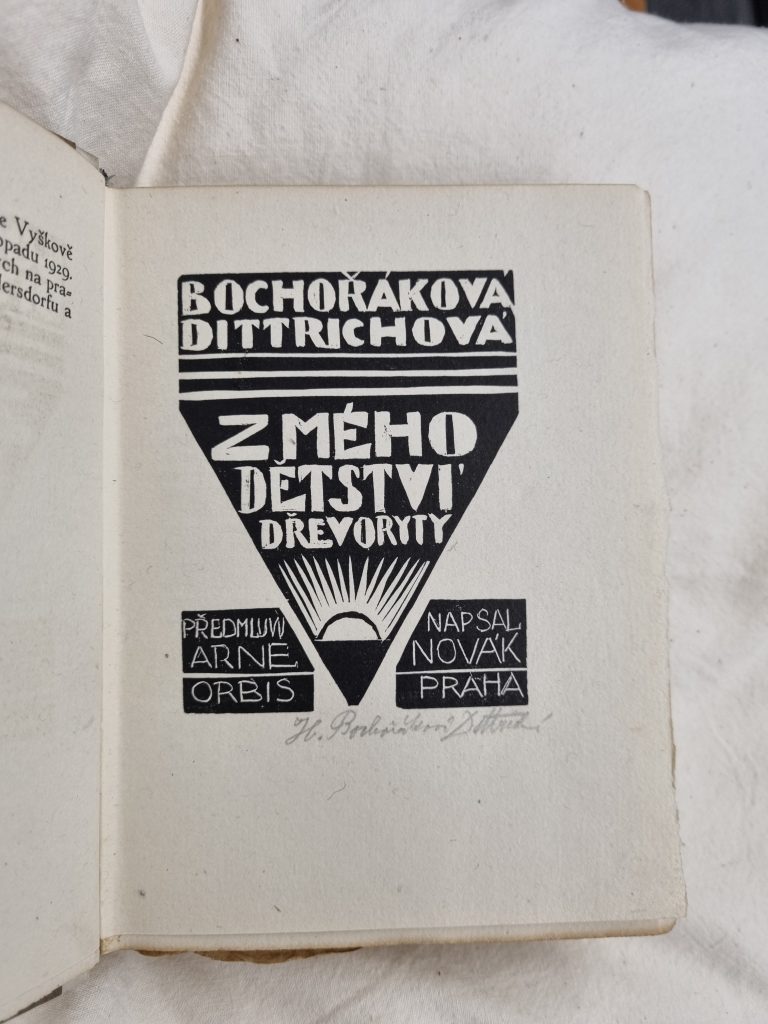
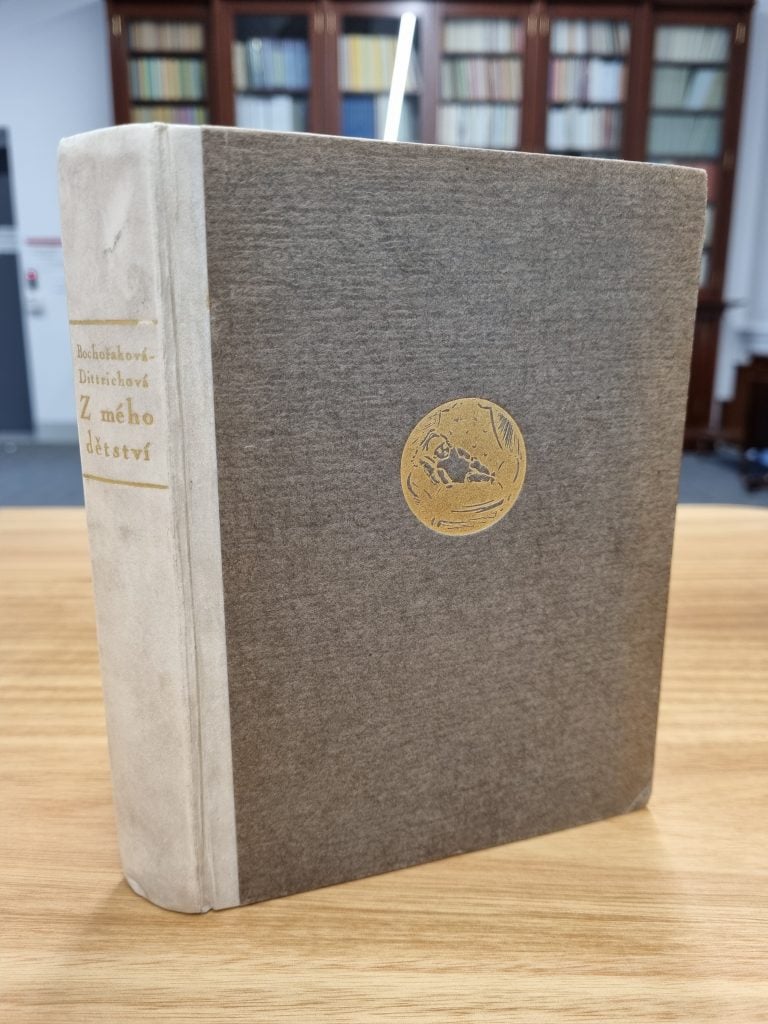

These woodcuts look absolutely amazing and should be published in a book pls.
They are rather wonderful. I have been trying to chase up the copyright holders for her work so we can share it more widely.
What an absolute joy – and l do wonder how many copies were produced, how limited the edition? This could almost be termed an ‘artist’s book’?
Hi Judy. It is an absolute joy. This particular edition is one of 60 but there was also a less lavish edition that was printed in a larger run. I agree that we can term this as an early example of an artist’s book.
How wonderful! And being wordless, it is of course accessible to all cultures… Congrats! I second the need for a contemporary reprint.
Absolutely, Caren. One of the great cultural bridges.
This is a good piece that briefly remembers a remarkable woman! Thank you!
The expressionist style of the woodcuts immediately reminded me of the linocuts made by the Australian artist and soldier, William Kermode, which told a story visually, but that was published with a text by the British author Henry Williamson (best known for “Tarka the Otter”). To provide a source for this Comment, I googled, and found a remarkable web-page about the two men, artist and author, and the art, and the story. More could be told about this otherwise unsung Australian artist and visual storyteller.
https://www.henrywilliamson.co.uk/bibliography/a-lifes-work/the-patriot-s-progress
Hi John. Thank you for you comment and sharing William Kermode’s work. A brief look at our catalogue suggests that we have a number of works and letters from William and a cache of works from Henry Williamson. The cover for “Tarka the Otter” is wonderful.